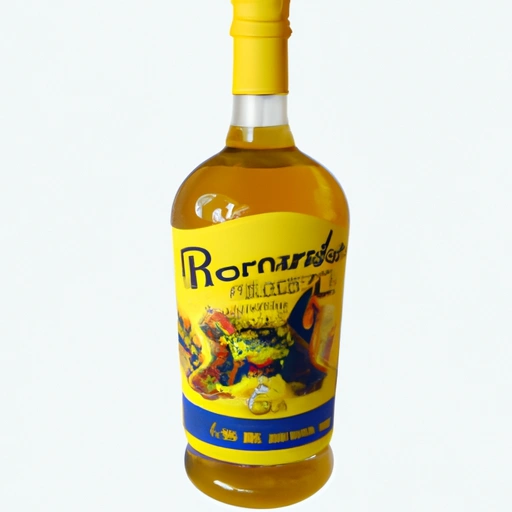Crème de Banane
Description

Crème de Banane is a sweet, banana-flavored liqueur, often characterized by its deep yellow hue and rich fruit flavor. It is made from banana extract, alcohol, and sugar. This versatile ingredient can bring a tropical twist to various beverages and desserts. With varying levels of alcohol content, Crème de Banane is both a drink enjoyed on its own and a component in mixed drinks and culinary recipes.
Common uses
Crème de Banane is commonly used to add banana flavor and sweetness to cocktails, desserts, and baking recipes. It is a staple in bars and kitchens alike, known for its ability to complement and enhance the flavors of other ingredients.
Nutritional value
Calories
Typically, Crème de Banane contains approximately 100 calories per 1.5 oz (44 ml) serving.
Protein
It has negligible protein content.
Fat
Crème de Banane is generally fat-free.
Carbohydrates
It is high in carbohydrates, primarily from sugars, with about 11 grams per 1.5 oz (44 ml) serving.
Vitamins
There are no significant amounts of vitamins in Crème de Banane.
Minerals
It does not contain notable levels of minerals.
Health benefits
Crème de Banane is a sweet liqueur and does not offer substantial health benefits. It should be consumed in moderation as part of a balanced diet.
Potential risks
Due to its high sugar content, excessive consumption of Crème de Banane may contribute to weight gain and dental problems. It also contains alcohol, which should be consumed responsibly.
Common recipes
It is featured in recipes like the Banana Daiquiri, Bananas Foster, and various pastry creams and dessert sauces.
Cooking methods
Crème de Banane can be used in both raw and cooked preparations, often as a flavoring agent.
Pairing with other ingredients
This liqueur pairs well with chocolate, vanilla, and other tropical fruits like pineapple and coconut.
Summary
Crème de Banane is a banana-flavored liqueur that enriches cocktails and desserts with its sweet flavor. While lacking nutritional benefits, it remains a popular ingredient worldwide for its distinctive taste and versatility in recipes.